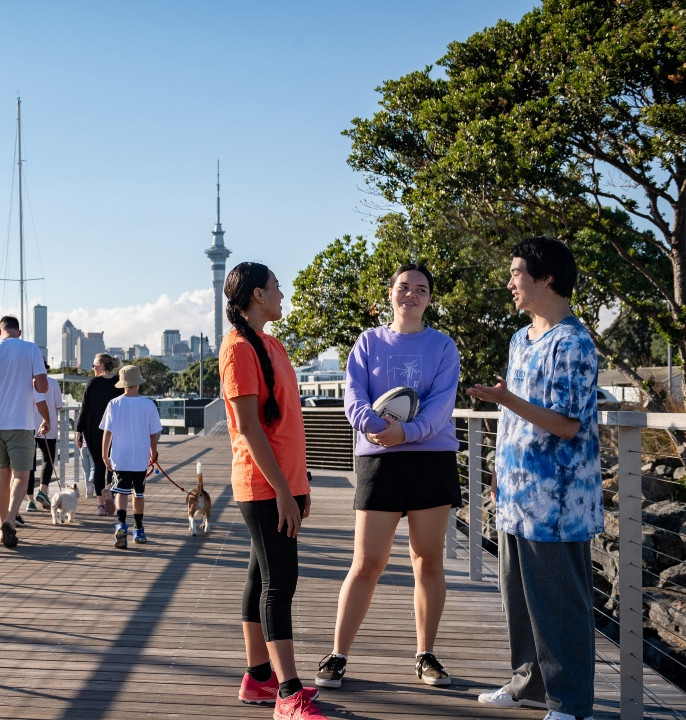Message from the Secretary for the Environment


Ka whakapakari ake te mahere urutaunga ā-motu i a tātou kei mua i te aroaro o ēnei wero.
Aotearoa New Zealand’s first national adaptation plan will make us stronger in the face of these challenges.
This plan is a very important milestone in the journey of every New Zealander to resilience and adaptation. It sits alongside the emissions reduction plan and together they lay out Aotearoa New Zealand’s overall response to climate change so that we can transition to a low-emissions, climate-resilient future.
With this plan, for the first time as a nation we can see in one place what is being done already to adapt and proposals for what to do in the future. Actions within this plan will mean all levels of government, sectors and communities and all New Zealanders better understand the top priority risks and act to address them.
In response to what we heard during consultation on the draft national adaptation plan, the plan now has a greater sense of urgency.
There was strong support for a planning and resource management system that ensures buildings, infrastructure and developments are placed in the right locations away from rising sea levels and areas of frequent flooding. Several actions to address these risks are already underway.
Reforms of the resource management, emergency management systems and wastewater, drinking water and storm water management are underway alongside a review of the future for local government.
During consultation Māori asked to participate more in developing adaptation actions. A platform is being set up so Māori can put together tangata Māori actions that are more climate friendly and resilient.
We have a clear picture of the top-priority risks from the first National Climate Change Risk Assessment released in 2020. These include risks to coastal ecosystems, community wellbeing, potable water supplies, and buildings. This plan addresses those risks. We need systems, practices and tools that are set up to consider risk and uncertainty.
New Zealanders are already feeling the impacts of climate change. These impacts affect people and communities differently because they have varying degrees of exposure, or different capacity to prepare for and respond to climate impacts. We need to understand these different vulnerabilities to enable future actions to be targeted to support those most vulnerable to the impacts of climate change.
More change will come, and impacts will increase, disrupting nature and society, affecting people’s health and wellbeing and damaging livelihoods. We need to change how we do things so we can thrive in a climate that continues to change.
At the same time as adapting, reducing emissions and limiting the severity of future climate change is just as important. The national adaptation plan and the emissions reduction plan lay out Aotearoa New Zealand’s overall response to climate change.
Past emissions have already changed our climate and will continue to do so in years to come. How much more change and how fast change will happen depend on every country’s contribution to reduce global emissions.
We need to build on action that people are taking already. By preparing and working together, we can build an Aotearoa New Zealand that is resilient and ready to thrive in a changing climate.
Vicky Robertson
Secretary for the Environment

Message from the Secretary for the Environment
August 2022
© Ministry for the Environment